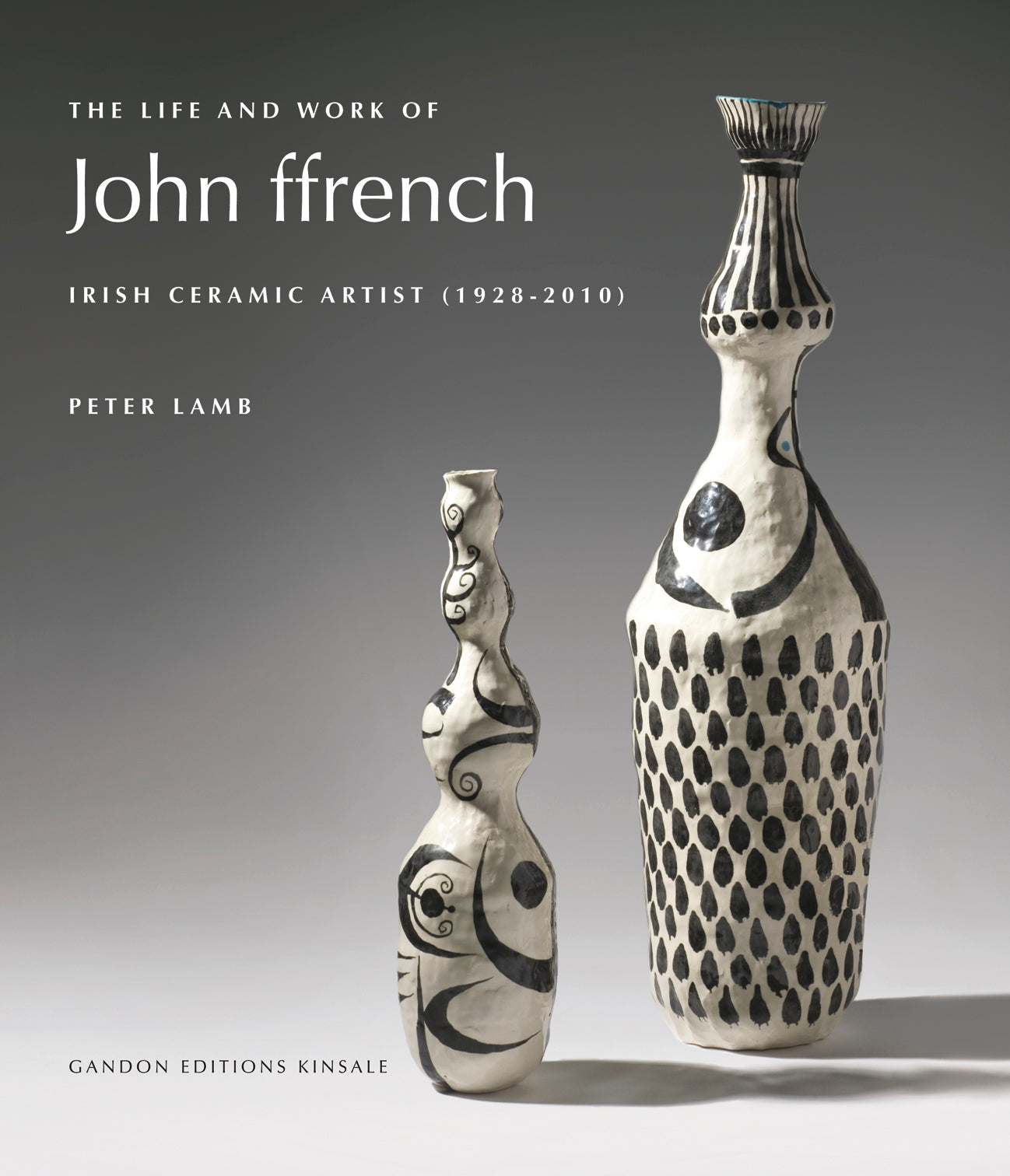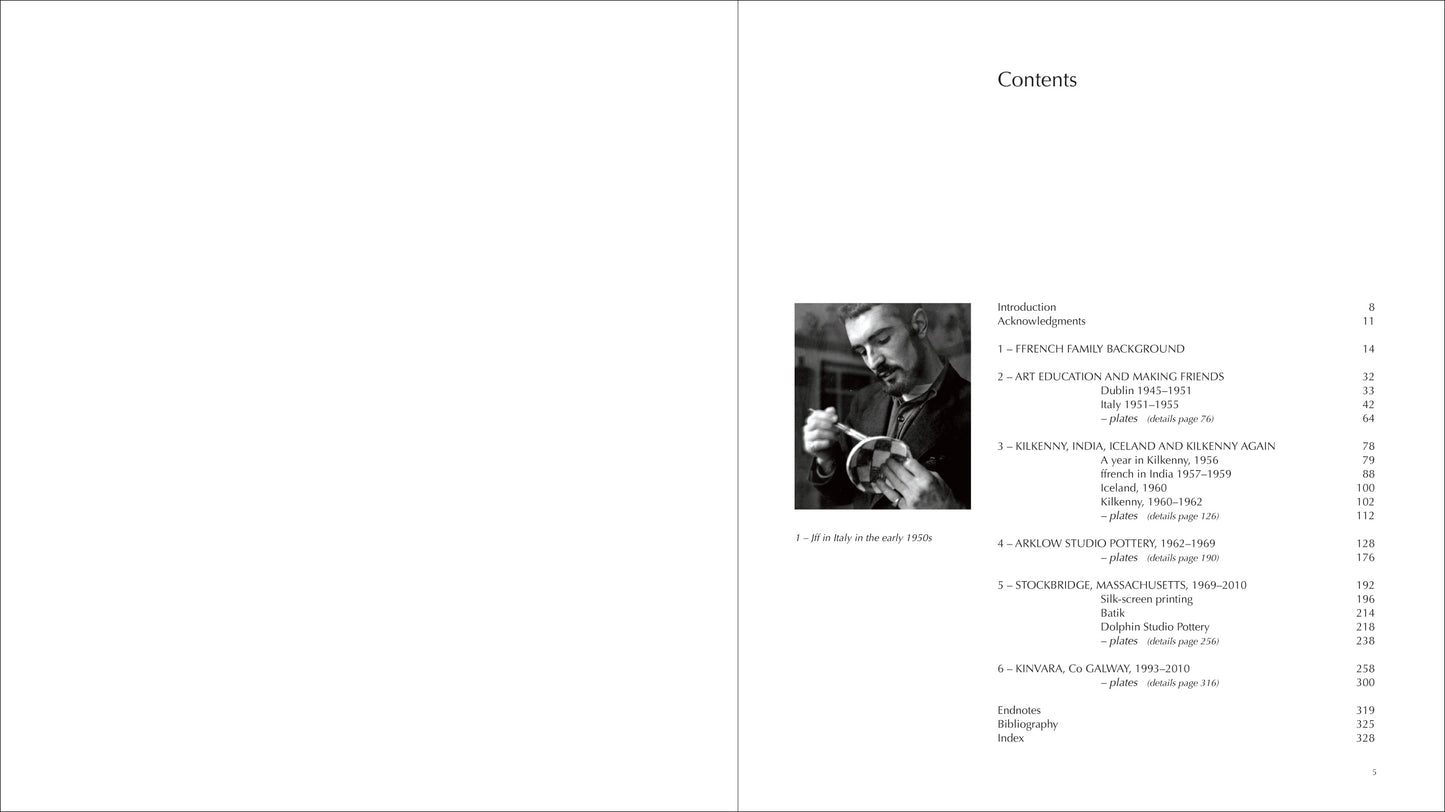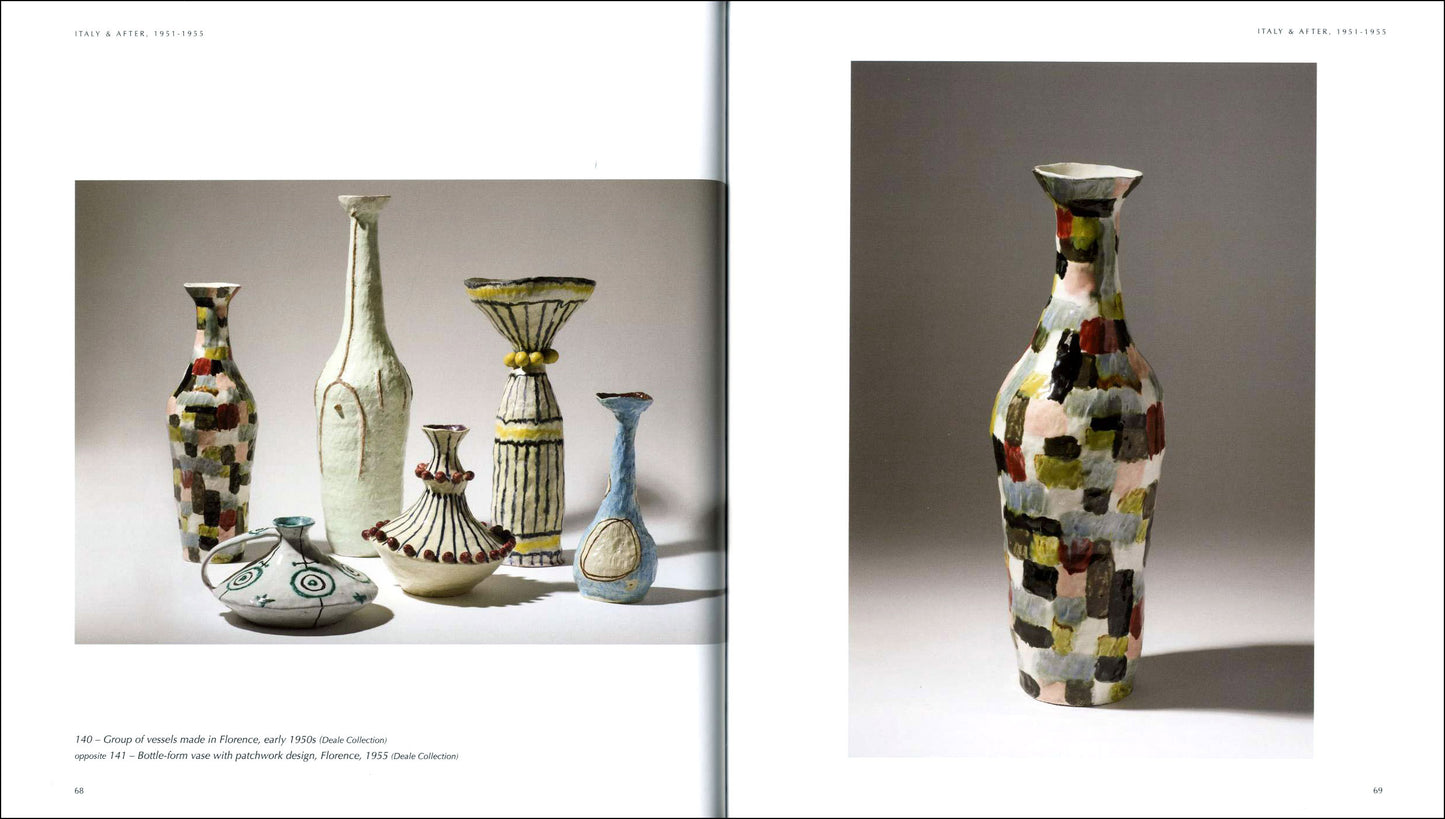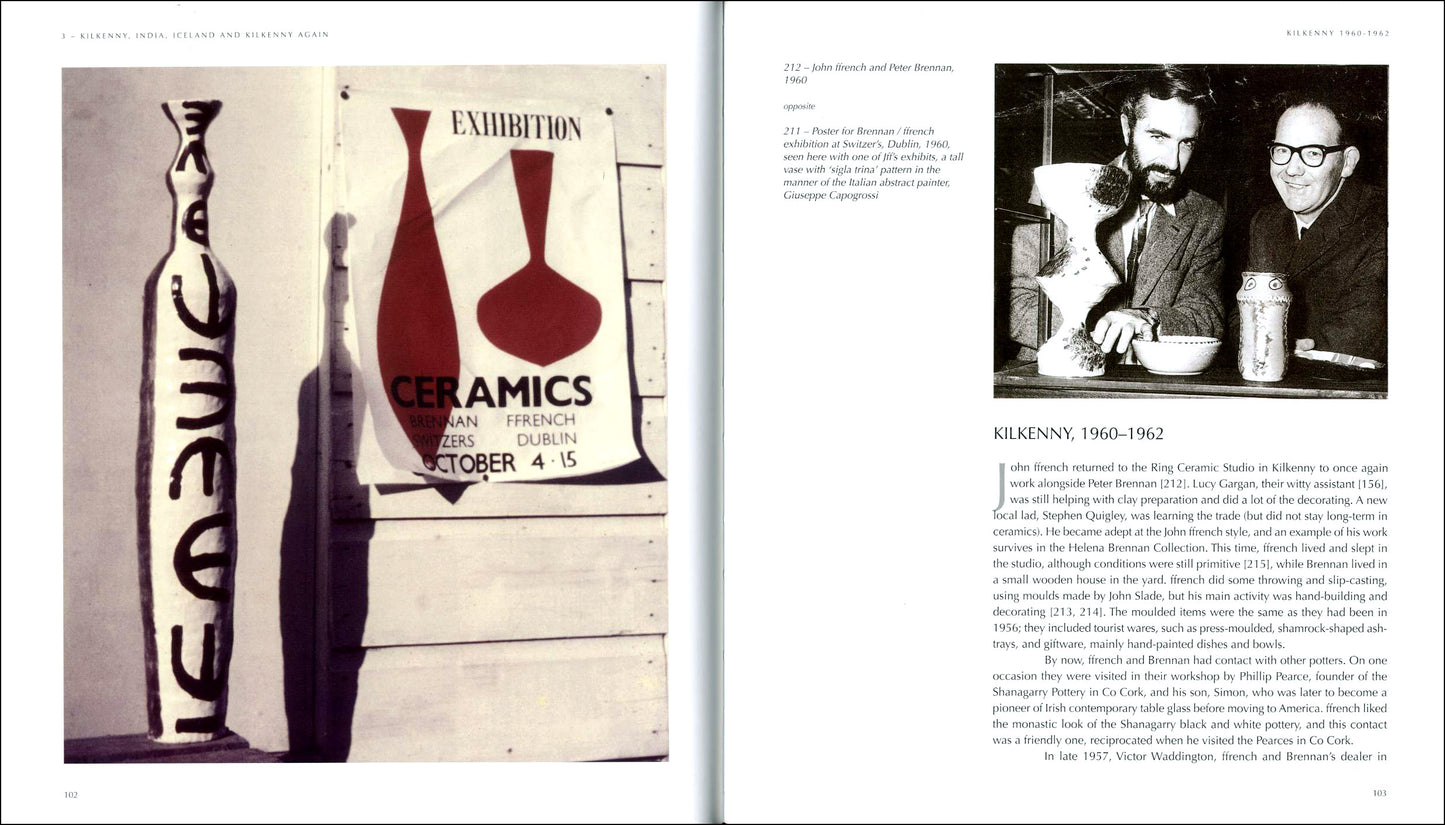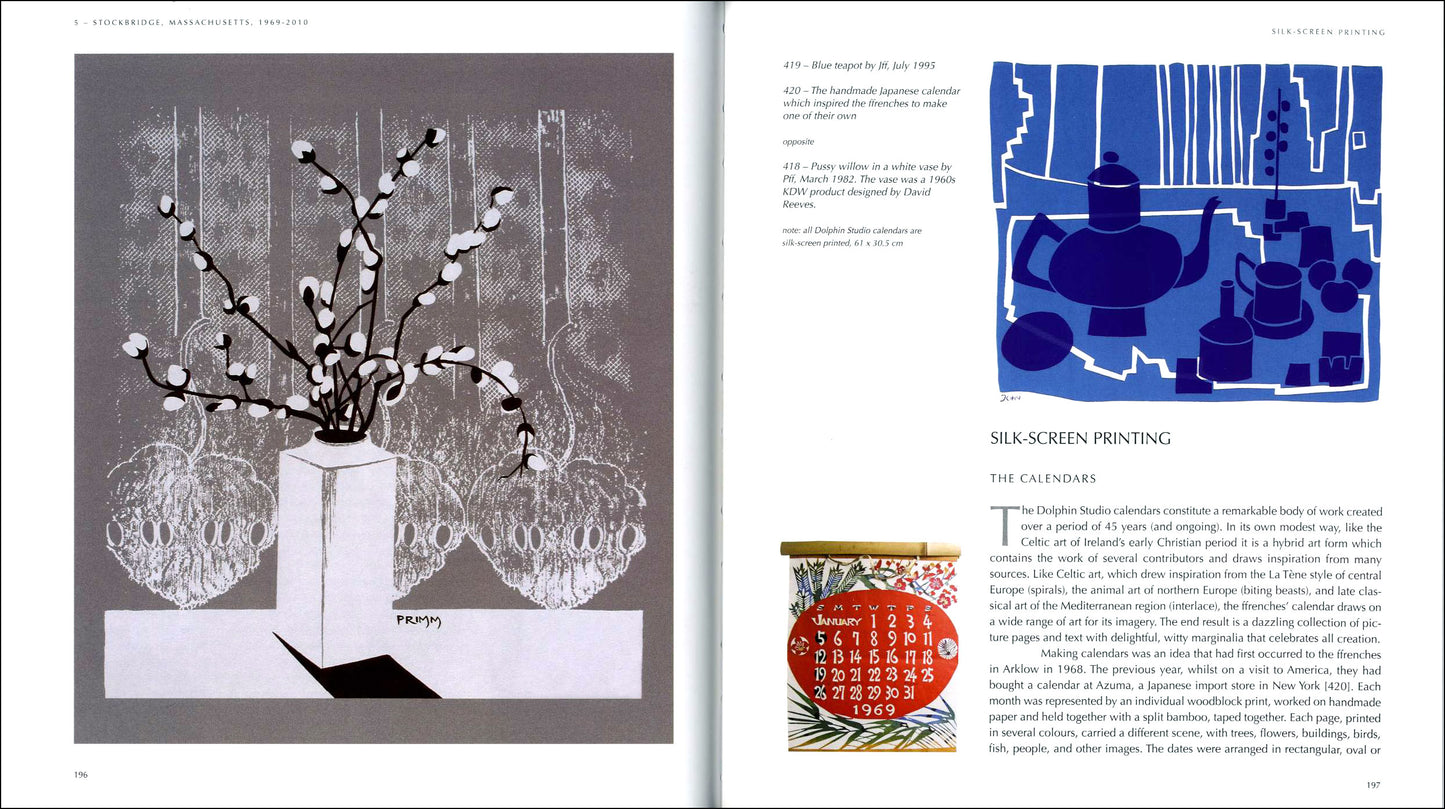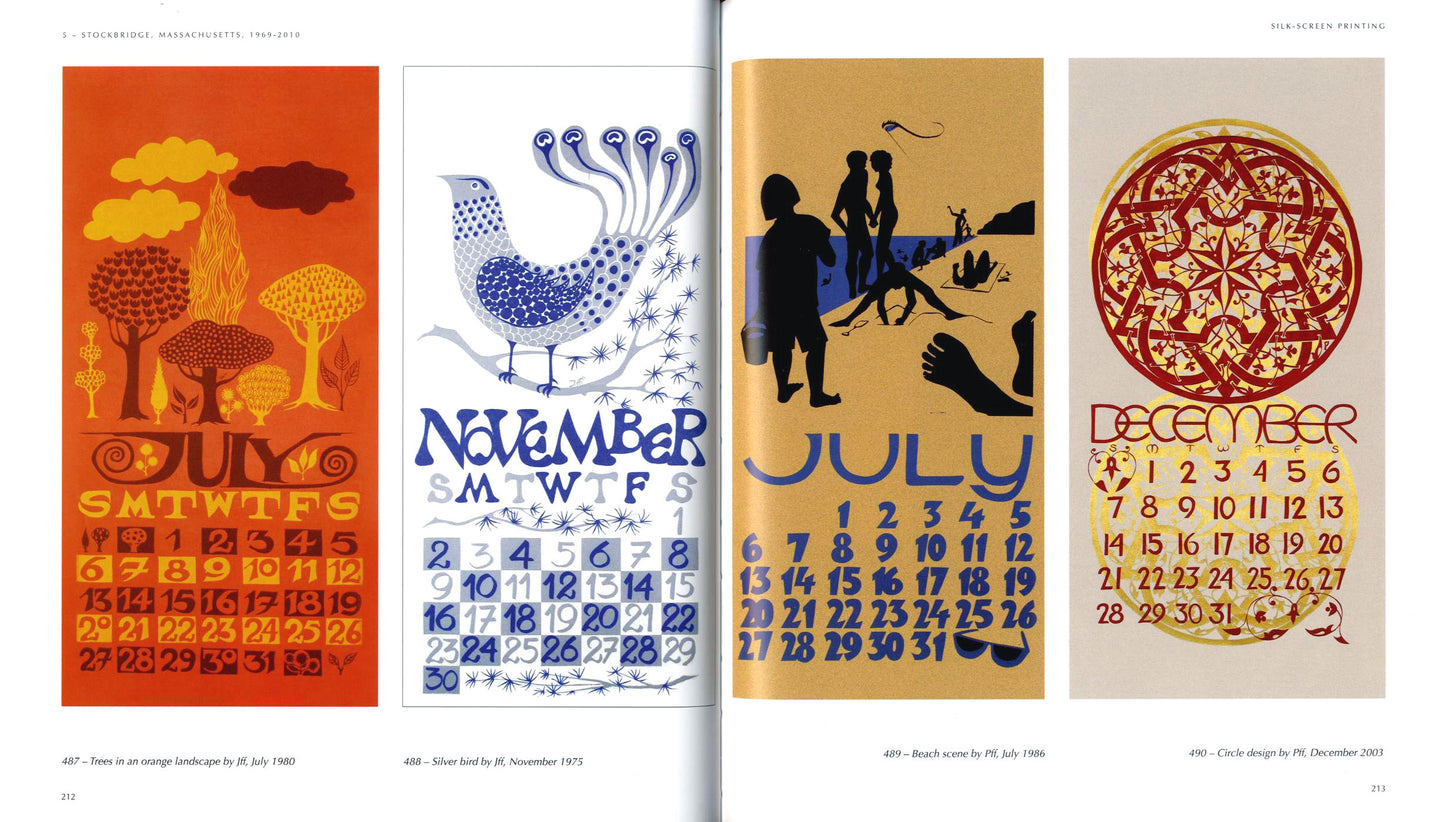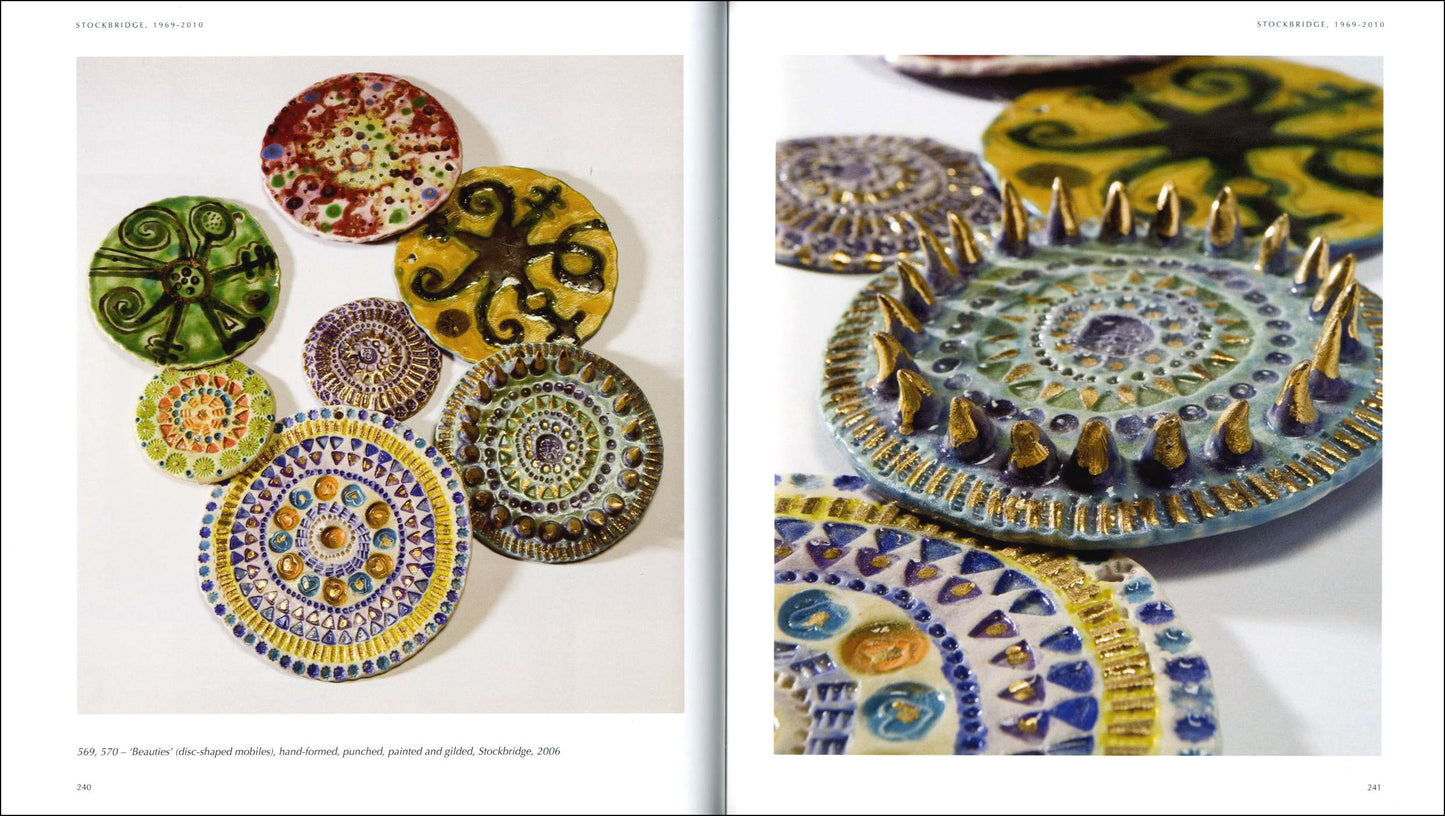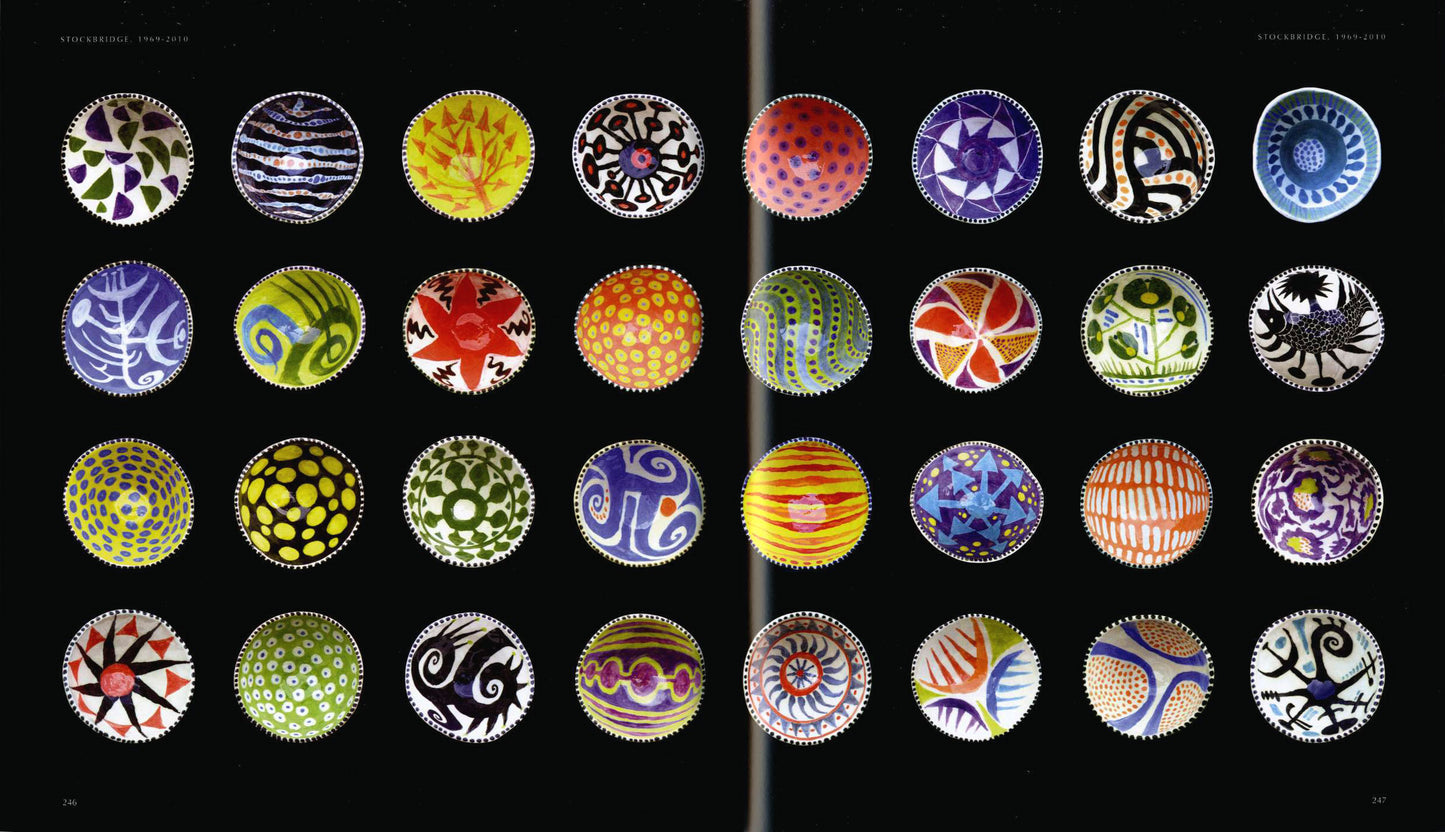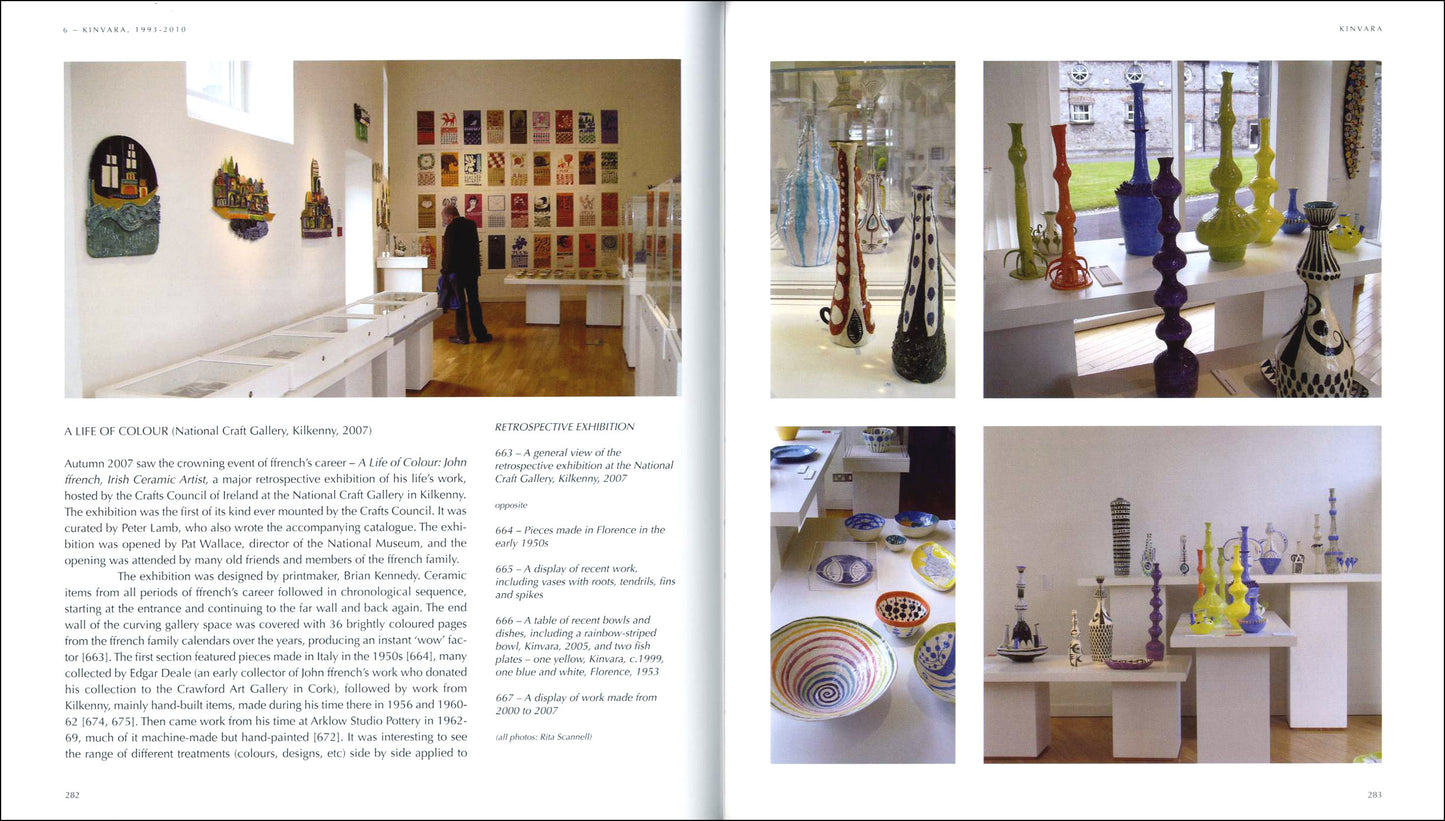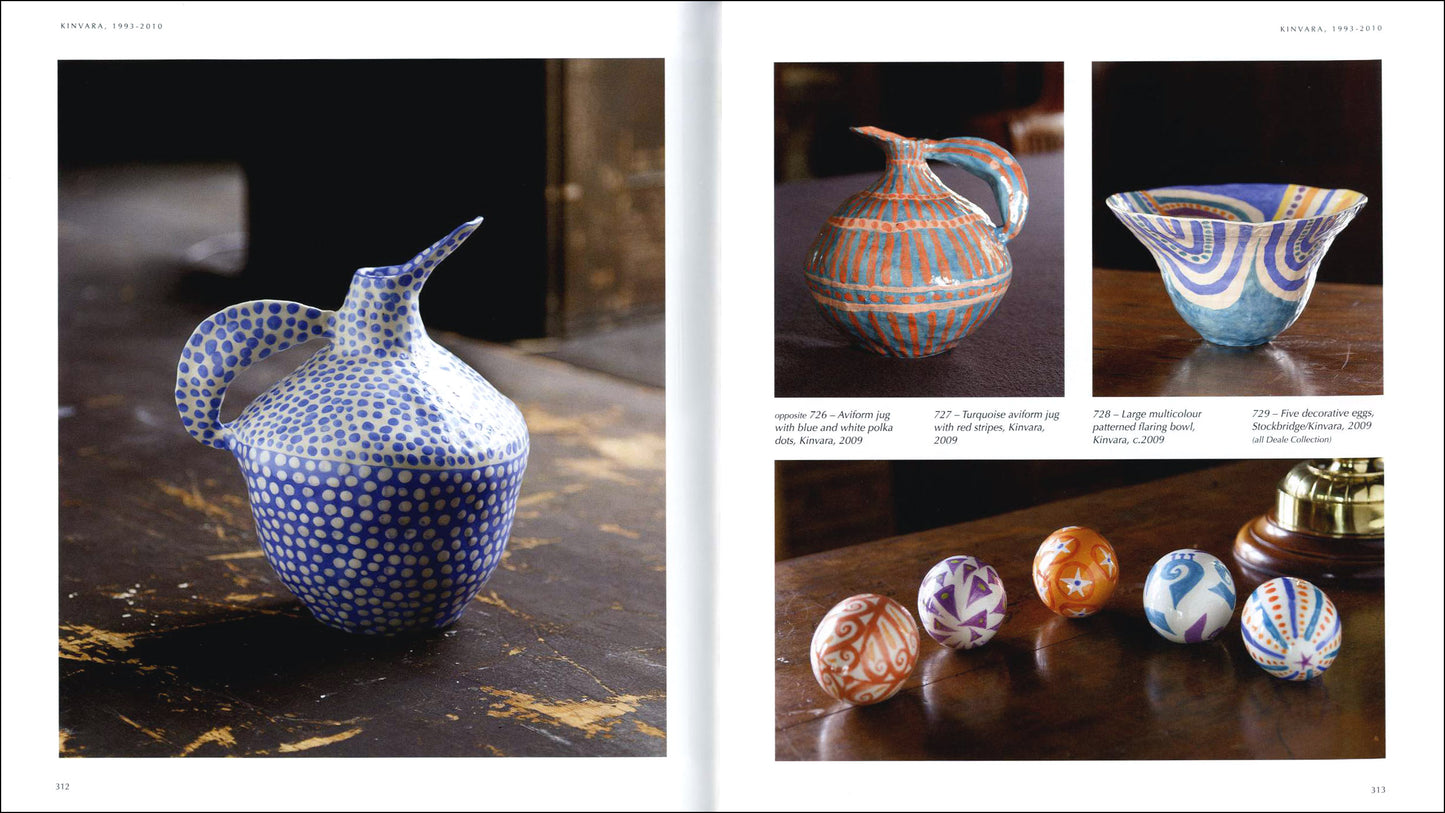Gandon Editions
THE LIFE AND WORK OF JOHN FFRENCH – Irish Ceramic Artist
THE LIFE AND WORK OF JOHN FFRENCH – Irish Ceramic Artist
Couldn't load pickup availability
Share
by Peter Lamb
ISBN 978 1910140 086 336 pages (hardback) 24 x 22 cm 734 illus index
John ffrench (1928-2010) was one of the founding fathers of contemporary ceramics in Ireland. He introduced a much freer style of pottery into Ireland at Kilkenny in the late 1950s and in Arklow in the 1960s, before establishing himself as an innovative ceramic artist. His work is highly original in its use of experimental forms, variety of pattern and vibrant colour, reflecting influences from many and various cultures. While best known for his ceramics, he was also a fine silk-screen printer and worked in many other media. He studied at the National College of Art in Dublin, trained as a ceramicist in Italy, and subsequently lived in India for three years and in America for 38 years. For almost 20 years he had a studio in Kinvara, Co Galway, where he produced a steady stream of work. A major retrospective exhibition of his work was presented by the Crafts Council in 2007. This book documents ffrench’s life and work, and is based on primary material and original research, including interviews with the artist, his family, friends and contempo- raries. It is lavishly illustrated with over 730 illustrations.
_____
EXTRACT
"ffrench began work in Arklow on 1 September 1962, on a salary of £17 a week. To begin with he had no proper studio (in fact, it would be more than two and a half years before he got one), so in the meantime he worked in a small room in the main pottery. By November he had completed 200 pieces of hand-painted pottery himself, as it was some months before he had time to teach the techniques involved or had enough samples for his apprentice painters to copy. On 19 November 1962, the first exhibition of work by the Arklow Studio Pottery opened in Dublin at the Hibernian Hotel on Dawson Street. Before it even opened, it sold in its entirety to John McGuire of Brown Thomas, the upmarket department store on Grafton Street. The show was well received by the press, the critics enjoying the new shapes and bright, modern colours. The Evening Herald was particularly enthusiastic: ‘To see a ffrench drinking set is to want to own it no matter what the cost.’ This event was followed in February 1963 by two exhibitions in England, where the full range of Arklow pottery (including the Studio wares) was put on display. The first was at the annual Blackpool Gift Fair, and the second at the Irish Export Centre on Regent Street in London. Both were very successful and led to over £10,000 worth of sales. Soon Arklow pottery was on show as far away as Australia and Canada. [...]
The production of the main Arklow Pottery was in marked contrast to that of the Studio Pottery. When it had begun its export drive in 1961, Arklow wanted designs that would be identifiably Irish whilst avoiding traditional Irish symbols such as shamrocks, wolfhounds and round towers. It had looked to the two golden periods of Irish arts and crafts for inspiration, the Georgian and ‘Celtic’ periods, opting for the Georgian for the export market. The re-formation of the Irish Georgian Society in 1958 had helped raise awareness of Irish 18th-century architecture and craftwork, and the style had an upmarket character. The neo-Georgian designs that Arklow devised were named ‘Belvedere’ and ‘Athens’, inspired by 18th-century plasterwork in the Hibernian Hotel in Dublin. They both featured white neoclassical motifs of swags, urns and olive branches printed on glaze by silk-screen transfer. There were four possible backgrounds – grey, eggshell-blue, pale green or pale yellow. These colours were considered to be delicate, tasteful and typically Georgian. It was hoped they would appeal to the English market (and they did), as they were made of earthenware masquerading as china, so could be sold more cheaply than similar-looking British-made products. The Pottery Gazette wrote, ‘Arklow came into the British market only two years ago, and is rapidly developing sales in all parts of the world.’ [...]
However, these mass-produced goods were in great contrast to the work of John ffrench at the Studio Pottery. There he gradually introduced a range of new products, including hand-painted wares, wall panels, tiles, sculptural items, and decorative wares with sprigging, stamping and gilding."
— from Chapter 4: Arklow Studio Pottery, 1962–1969
|
CONTENTS Introduction 8 1 – FFRENCH FAMILY BACKGROUND 14 2 – ART EDUCATION AND MAKING FRIENDS 32 3 – KILKENNY, INDIA, ICELAND AND KILKENNY AGAIN 78 4 – ARKLOW STUDIO POTTERY, 1962–1969 128 5 – STOCKBRIDGE, MASSACHUSETTS, 1969–2010 192 6 – KINVARA, CO GALWAY, 1993–2010 258 Endnotes / Bibliography / Index |
published 2017
